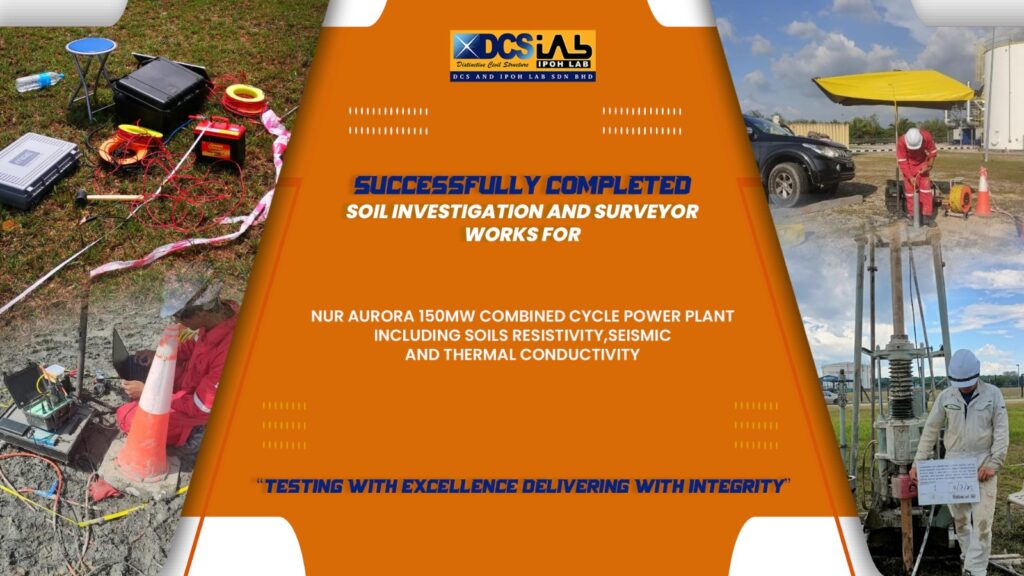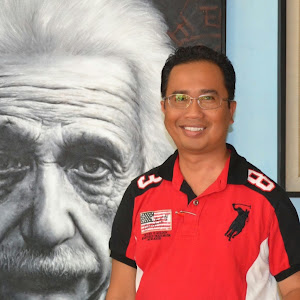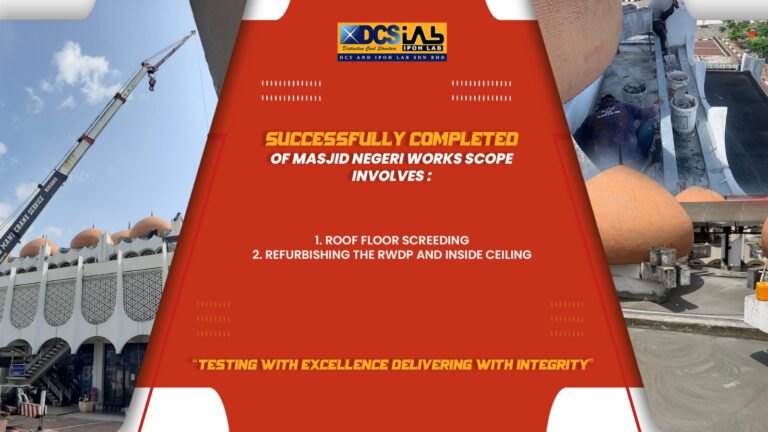
Introduction:
The successful completion of soil investigation and surveyor works is crucial in the planning and construction of any major infrastructure project. This article focuses on the comprehensive soil investigation and surveyor works conducted for the Nur Aurora 150MW Combined Cycle Power Plant. The study involved assessing three key soil properties: resistivity, seismicity, and thermal conductivity. These investigations provided valuable insights into the soil characteristics, enabling engineers and designers to make informed decisions during the design and construction phases.
Soil Resistivity Assessment:
Determining soil resistivity is essential for the design of grounding systems, which are crucial for the safe and efficient operation of electrical installations. A team of geotechnical engineers conducted resistivity tests using the Wenner four-pin method. This involved driving electrodes into the soil at specific intervals and measuring the resistance between them. The results were used to develop a resistivity profile, identifying variations in soil resistivity at different depths. This information helped in designing an effective grounding system for the power plant, ensuring adequate protection against electrical faults and lightning strikes.
Seismicity Assessment:
Understanding the seismic characteristics of the soil is vital to ensure the stability and resilience of the power plant structure during seismic events. Geotechnical experts performed seismic investigations to assess the site’s susceptibility to earthquakes and evaluate the soil’s response to ground shaking. They conducted geophysical surveys, including the use of seismic reflection and refraction techniques, to determine the soil layers’ properties and seismic wave velocities. By analyzing the data, engineers could determine the site’s seismic design parameters, such as peak ground acceleration, spectral response, and site class. This information guided the design of the power plant’s foundation and structural systems, enhancing its overall seismic performance and safety.
Thermal Conductivity Assessment:
Thermal conductivity is a critical soil property when designing geothermal systems, such as those used in combined cycle power plants. Geotechnical engineers performed thermal conductivity tests on soil samples collected from various depths. The tests utilized laboratory equipment to measure the rate at which heat transfers through the soil. The data obtained allowed engineers to determine the soil’s thermal properties, including thermal conductivity, thermal diffusivity, and specific heat capacity. These parameters played a vital role in designing the geothermal systems, such as ground-source heat exchange systems, for the power plant. By understanding the thermal behavior of the soil, engineers could optimize the efficiency of the power plant’s energy generation and ensure the sustainable use of geothermal resources.
Conclusion:
The soil investigation and surveyor works conducted for the Nur Aurora 150MW Combined Cycle Power Plant played a crucial role in the successful design and construction of the project. The assessment of soil resistivity, seismicity, and thermal conductivity provided valuable insights into the soil’s characteristics and behavior. These findings guided the engineers and designers in making informed decisions related to grounding systems, structural stability, and geothermal utilization. By considering these important soil properties, the power plant was designed to meet safety standards, withstand seismic events, and optimize its energy generation efficiency.






